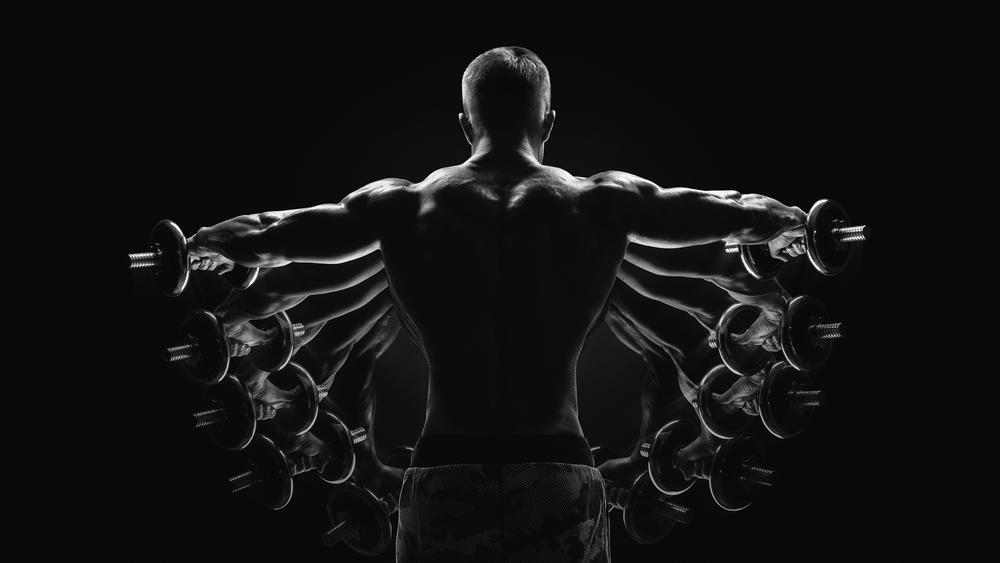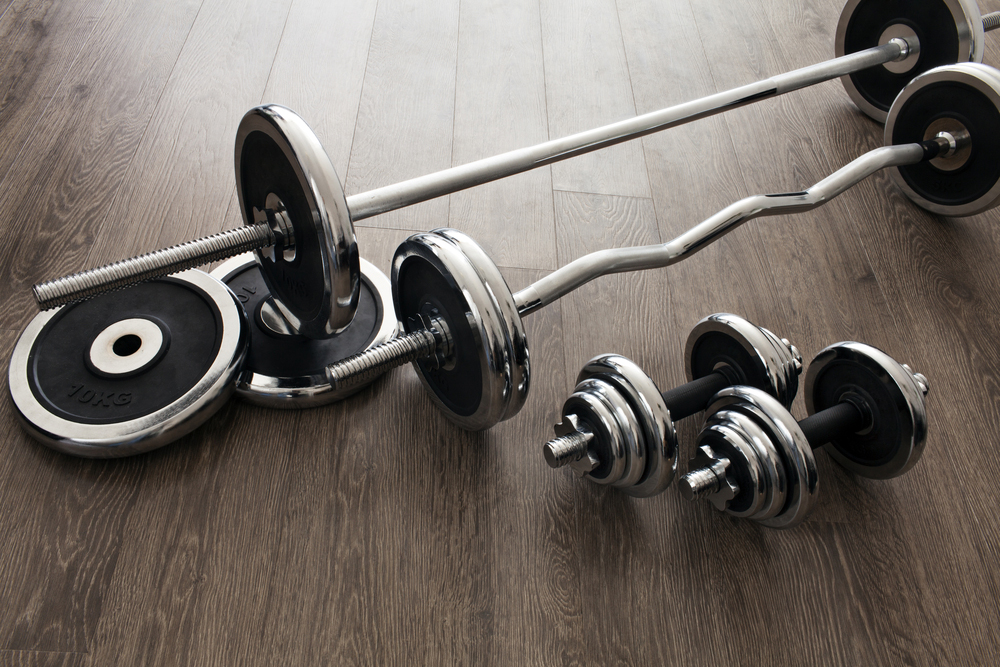One of the basics in muscle building is to know what the relationship is between strength, speed, or length, muscle elongation etc. Knowing all of these parameters of how muscle mass is gained will allow you to progress much more quickly in your training.
The strength-velocity relationship in bodybuilding
In a dynamic concentric contraction, the strength of the muscle being used increases as its shortening speed decreases. By comparing the two curves force-velocity and power-velocity illustrated by the two diagrams, we can note that: the higher the power, the flatter the force-velocity curve.
In practice, it can be seen that muscles do not develop the same power at the same speed and that a slow muscle with low mechanical power has a higher output than a fast muscle. The choice of speed is, nevertheless, an important factor in strength. It should therefore be included in speed/strength cycles linked to physical preparation.
The strength-length relationship in physical training
This is the relationship between the isometric force of a muscle and its length. It can be noted that the force (P) increases with the length and that it is maximal for a length (Lo, standard length) which usually corresponds to an intermediate segmental position. Beyond this length (Lo), the tension increases due to the addition of passive (connective tissue) forces.
The tension-strain relationship at the muscle level
The curve of this relationship at the muscular level illustrated in the diagram shows a slightly sloping slope at the beginning, rising again as the force increases significantly. The variation of this elasticity coefficient gives physiological support to the notion of stiffness.
This tension-elongation relationship shows a shift when returning to the
initial position. The arrows indicate that, for the same length, the
tension is always higher during an elongation than during a shortening.
The
physiological parameters mentioned above make it possible to determine
the stiffness of the muscle. The physiological parameters mentioned
above make it possible to understand the importance of certain specific
knowledge for the physical trainer.
The physiological parameters mentioned above make it possible to understand the importance of certain specific knowledge for the physical trainer. Indeed, to be able to respond to the demands of the strength athletes, the trainers must have a good understanding of the physiology of effort. This knowledge allows athletes to optimize their muscular strength.








